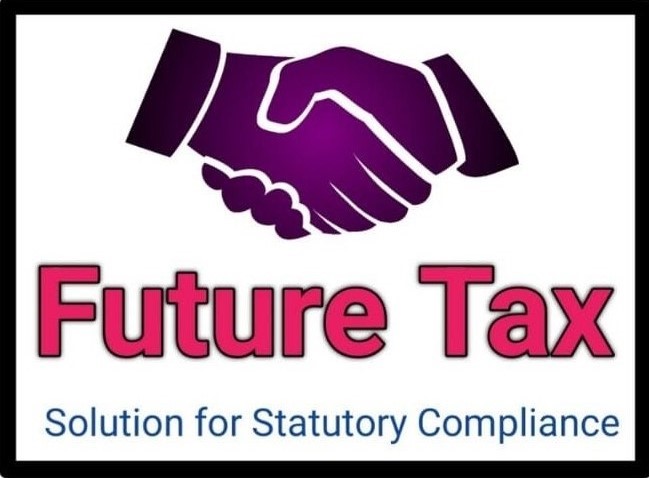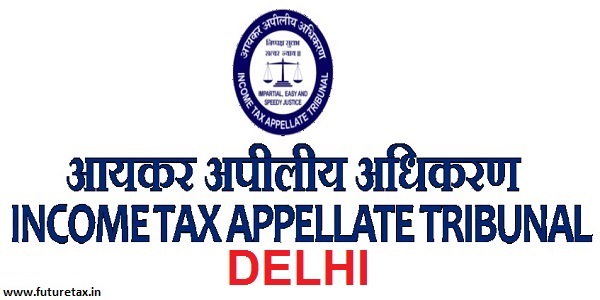
income tax Section 143(1) intimation
- Income Tax
- September 6, 2024
- No Comment
- 100
- 9 minutes read
# Understanding Income Tax Section 143(1) Intimation: A Comprehensive Guide
Receiving an **Income Tax Section 143(1) Intimation** can be confusing for many taxpayers, especially if they don’t fully understand what it means. However, this intimation is part of the regular process and not necessarily something to worry about. It’s important to understand what this intimation is, why you receive it, and how you should respond.
In this detailed guide, we’ll explain everything you need to know about Section 143(1) intimation, including what it is, how it differs from a notice, how to handle discrepancies, and what steps you should take once you receive it.
—
### What is Income Tax Section 143(1) Intimation?
An intimation under **Section 143(1)** of the Income Tax Act is a communication from the Income Tax Department that indicates the initial processing of your filed Income Tax Return (ITR). It is sent to notify you about the acceptance of your return, and it highlights any discrepancies or adjustments made during the department’s preliminary check.
Essentially, after you file your return, the department processes it by cross-checking the data provided with the available records, such as **Form 26AS** (which contains details of your tax credits, including TDS), and other databases. The objective of this preliminary assessment is to ensure that the information reported in your return is accurate and complete.
The **intimation** under Section 143(1) is divided into three possible outcomes:
1. **No Demand or No Refund**: The tax department accepts your return as is, with no additional tax liability or refund due. In this case, the intimation simply confirms that the details match, and no further action is required.
2. **Refund Due**: If the tax department finds that you have paid excess taxes compared to your liability, it will process a refund. The intimation will specify the refund amount, which you will receive directly into your registered bank account.
3. **Demand Due**: In case the department finds that you owe additional taxes (due to a mismatch between reported income, TDS, or deductions), the intimation will state the outstanding tax amount that you need to pay.
—
### How Does Section 143(1) Intimation Differ from a Notice?
It’s important to note that an **intimation** is not the same as an **income tax notice**. An intimation is a communication that confirms the department has processed your return and provides a summary of the calculations. On the other hand, a **notice** is issued when the tax department wants to initiate an inquiry, seek further clarification, or request specific documents.
– **Section 143(1) Intimation**: This is a summary of the department’s initial assessment of your tax return. It could be informational (no discrepancies), indicate a refund, or highlight a tax demand.
– **Income Tax Notice**: A notice (under different sections like **143(2)** or **148**) is issued when the tax department seeks to re-assess your return, has identified issues or inconsistencies, or requires further documentation.
Receiving a Section 143(1) intimation is part of the regular filing process, and most taxpayers will receive one after their return is processed. Notices are less common and typically involve further action from your side.
—
### Breakdown of the Section 143(1) Intimation
When you receive an intimation under Section 143(1), it is important to carefully read through it. The intimation will typically contain the following key elements:
1. **Assessed Income vs. Returned Income**: This section compares the income you reported in your return (returned income) with the income assessed by the tax department after processing your return (assessed income). Any differences will be highlighted here.
2. **Total Tax Liability**: This part shows the total tax calculated on the assessed income. It may differ from the tax calculated on your returned income if there were discrepancies in your reported figures or tax credits.
3. **Tax Paid and Credits Available**: The intimation will display the total tax paid by you (via advance tax, TDS, or self-assessment tax) and compare it with the tax liability assessed by the department.
4. **Adjustment of Refund or Demand**: If the tax department finds that you are entitled to a refund or if there is an outstanding tax demand, this section will outline the refund amount or the tax payable.
5. **Explanation of Adjustments**: In case any adjustments were made during the processing of your return, the intimation will explain the reasons for those adjustments. These could relate to discrepancies in reported income, TDS claimed, or deductions claimed under sections like 80C, 80D, etc.
The intimation will also contain a **calculation summary**, where you can check the step-by-step breakdown of your tax liability or refund as computed by the tax department.
—
### Steps to Follow After Receiving Section 143(1) Intimation
Once you receive the intimation, here’s a step-by-step guide on how to proceed:
#### Step 1: Verify the Details
The first thing to do is carefully review all the details mentioned in the intimation. Cross-check the figures provided by the department with your filed ITR, **Form 26AS**, and any other supporting documents.
– **Compare Assessed Income with Returned Income**: Make sure the income figures match your return. If there’s a discrepancy, identify whether it’s due to an oversight on your part or an error on the department’s side.
– **Check TDS Credits**: Verify that the tax credits (TDS or advance tax) claimed in your return are correctly reflected in the intimation.
– **Deductions**: Review any adjustments made to deductions claimed under sections like 80C, 80D, etc.
#### Step 2: Look for Discrepancies
If there is no discrepancy and the department has processed your return without any modifications, you don’t need to take any further action.
However, if there’s a discrepancy in the figures (for example, a higher tax demand or a lower refund than expected), you’ll need to investigate the reason for this difference. Common causes of discrepancies include:
– **Mismatch in TDS credits**: Sometimes the TDS figures reported by the employer or deductor may not match the figures in your return.
– **Incorrect Deductions**: If you have claimed certain deductions but failed to provide adequate documentation or if the department does not recognize them, they may disallow those deductions.
– **Error in Reporting Income**: If you have under-reported income or missed reporting certain sources, the department may adjust your income upward.
#### Step 3: Decide on Next Action
Based on the outcome of your review, you can proceed with one of the following actions:
1. **No Action Required**: If the intimation matches your calculations and there are no discrepancies, you don’t need to do anything. Your return has been processed, and the process is complete. If you are due for a refund, it will be credited to your bank account.
2. **Refund Processing**: If you are eligible for a refund, you don’t need to take any action either. The refund will be processed by the tax department and credited to the bank account linked with your PAN. Make sure your bank details are correct in the return to avoid any delays.
3. **Pay Additional Taxes**: If the intimation shows that you have an outstanding tax liability, you will need to pay the additional tax within the specified period. You can make this payment online via the [Income Tax e-Filing portal](https://www.incometaxindiaefiling.gov.in/) or through your bank.
4. **Rectification Request**: If you believe there is an error in the intimation (for instance, if the tax department has not considered certain TDS credits or deductions), you can file a **rectification request** under **Section 154** through the e-Filing portal.
Here’s how you can file a rectification request:
– Log into the Income Tax e-Filing portal.
– Go to the **‘Rectification Request’** section.
– Choose the reason for the rectification (e.g., mismatch in TDS, incorrect deductions).
– Provide the necessary supporting documents.
– Submit the rectification request.
The tax department will review your request and issue a revised intimation if necessary.
—
### How to File Rectification for Errors in Section 143(1) Intimation
If you notice an error in the intimation and want to file a rectification request, here’s a step-by-step process:
1. **Login to the Portal**: Visit the Income Tax e-Filing portal and log in using your PAN, password, and Captcha code.
2. **Go to ‘Rectification’**: On the homepage, under the ‘e-File’ tab, you will see an option for ‘Rectification’. Click on this link.
3. **Select Assessment Year**: Choose the relevant assessment year for which you want to file the rectification request.
4. **Reason for Rectification**: Select the reason for the rectification request from the dropdown options provided (e.g., mismatch in TDS, incorrect deductions).
5. **Upload Documents**: Upload the necessary supporting documents. This could include Form 16, Form 26AS, or any other relevant documents that support your claim.
6. **Submit**: Review the rectification request and submit it. Once submitted, you will receive an acknowledgment, and the tax department will process your request.
—
### Common Scenarios and Solutions for Section 143(1) Intimation
Here are a few common scenarios that taxpayers face and how to resolve them:
1. **TDS Mismatch**: If your intimation shows a TDS mismatch, verify your Form 26AS to
ensure all TDS details are correctly reported by the deductors. If the error is on the deductor’s side, request them to file a revised TDS return.
2. **Refund Delays**: If you are expecting a refund but have not received it even after the intimation has been issued, ensure that your bank details are correctly updated in the return. You can also check the refund status on the [NSDL website](https://tin.tin.nsdl.com/oltas/refundstatuslogin.html).
3. **Demand for Additional Tax**: If you disagree with the demand for additional tax, cross-check your return and file a rectification request under Section 154.
—
### Conclusion
Always make sure to cross-check your filed returns, TDS credits, and deductions, and file your returns within the due date to minimize errors and discrepancies. If you are unsure about how to respond to an intimation or need help with rectification, consult a tax professional to ensure everything is handled properly.




